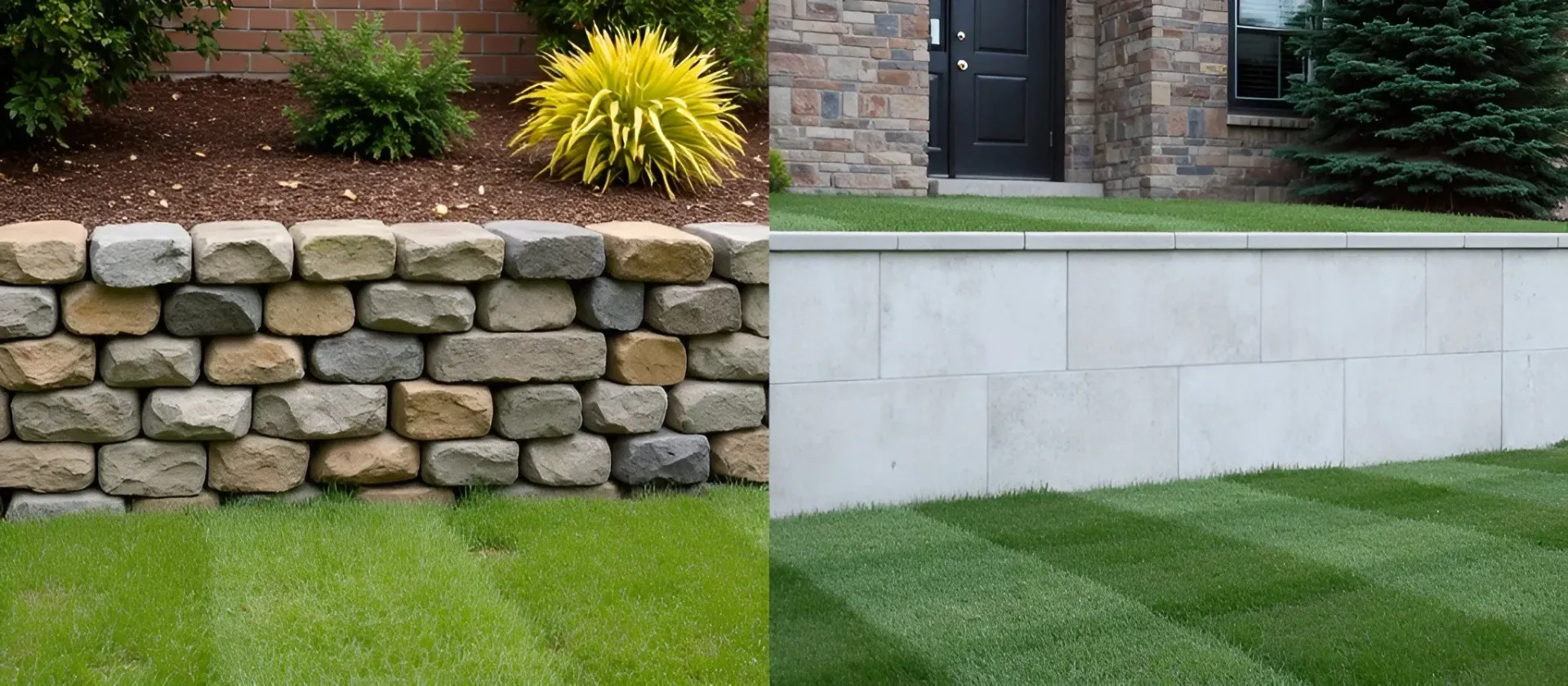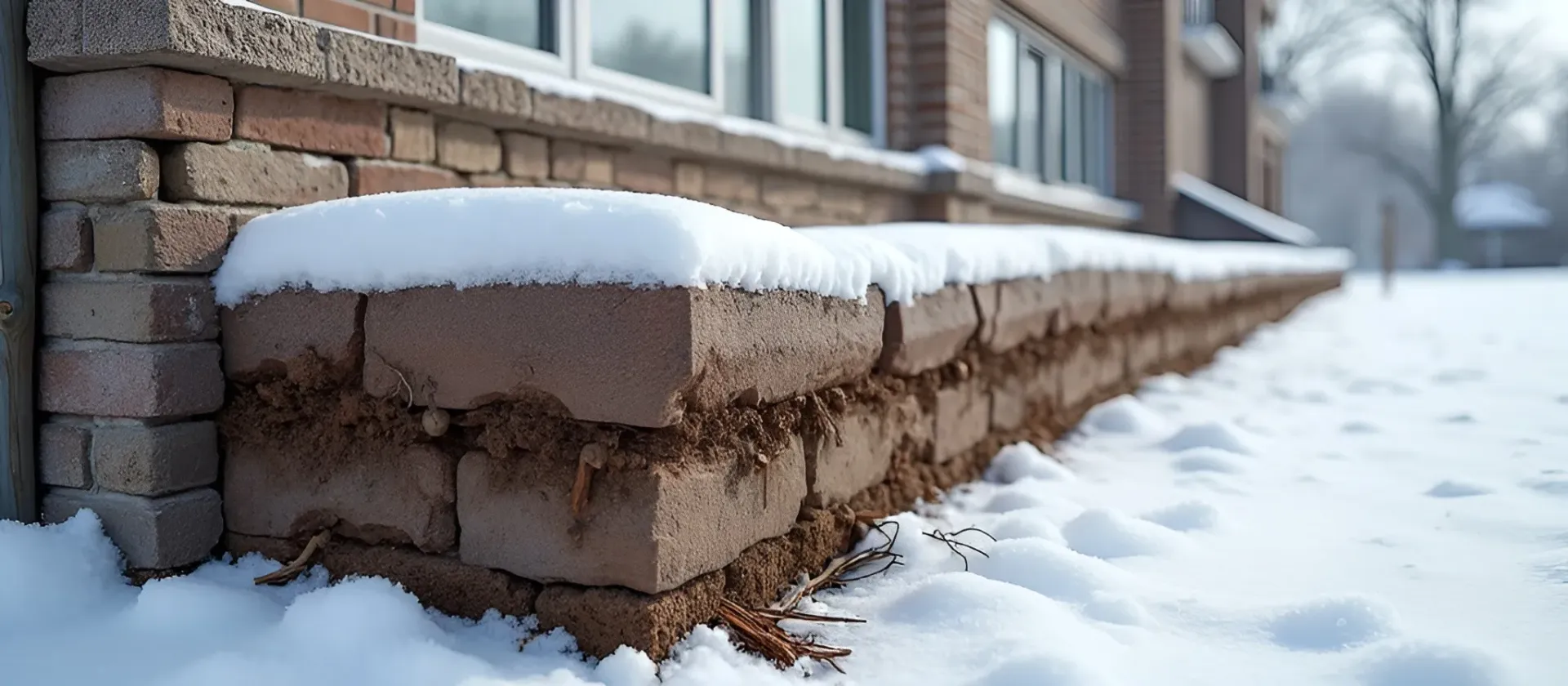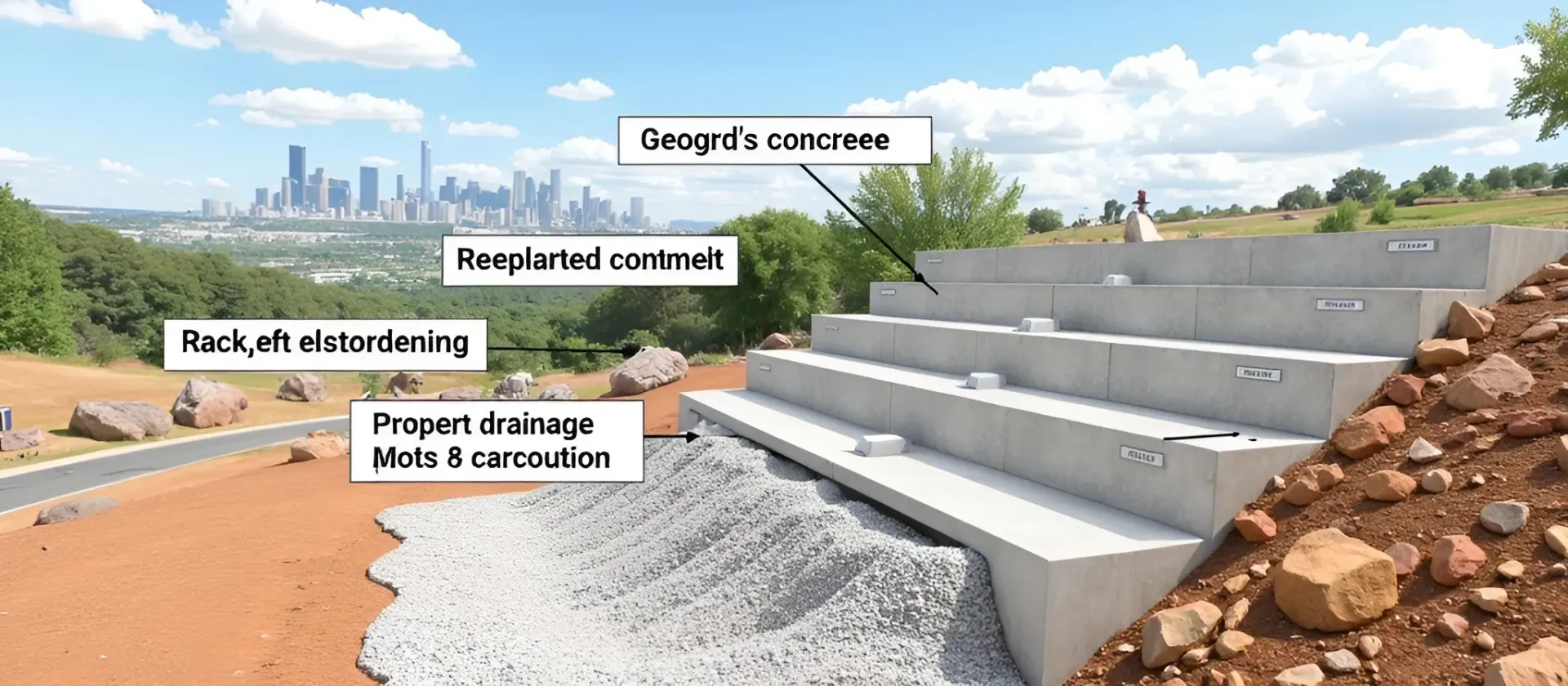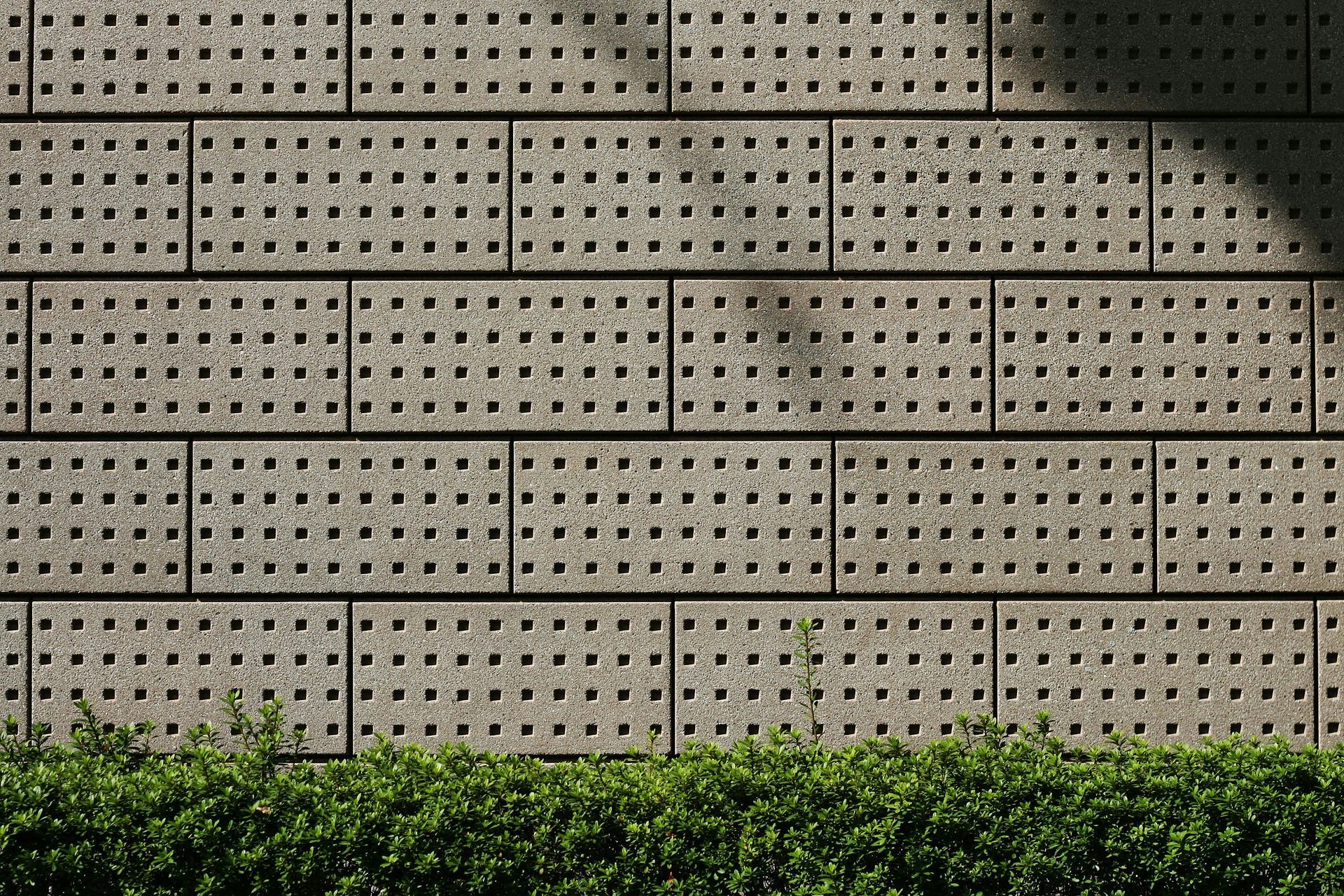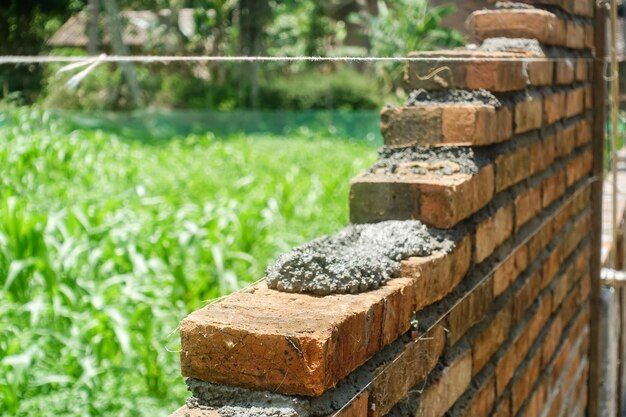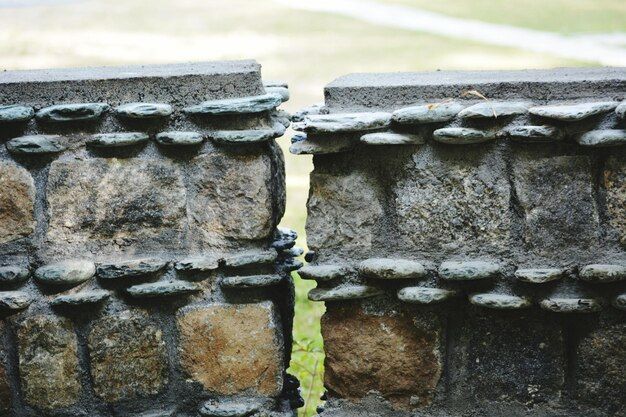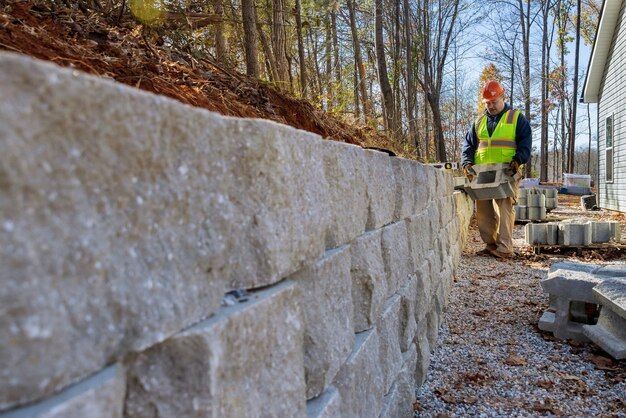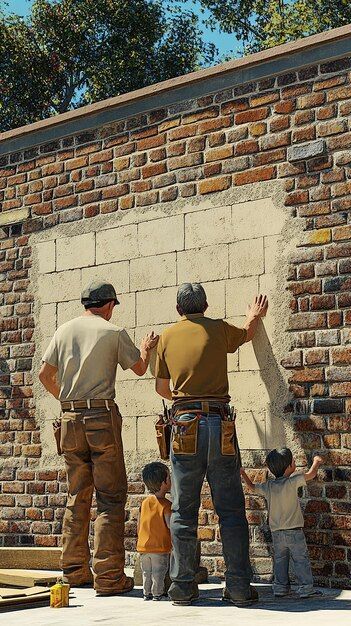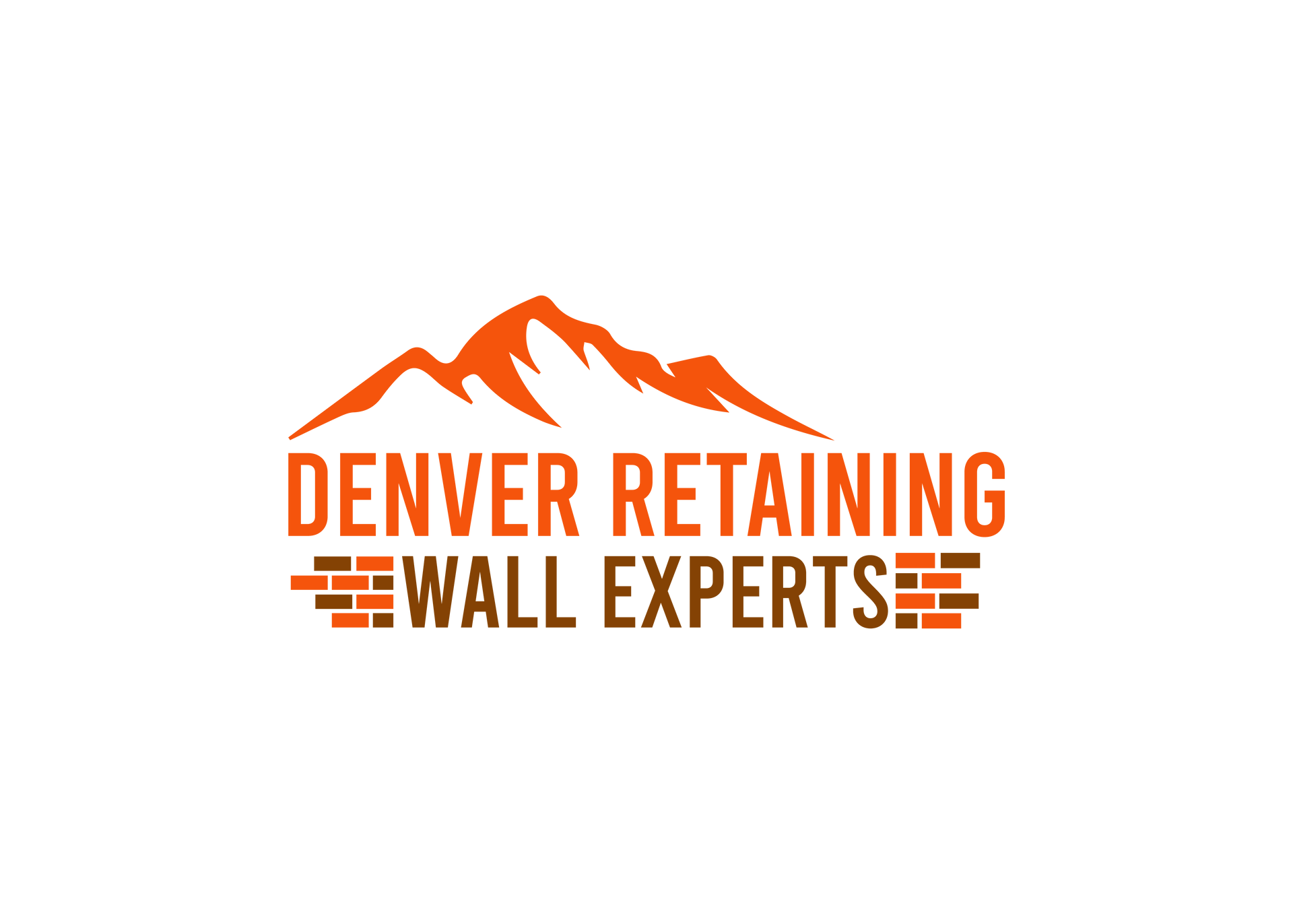How Engineering Principles Ensure a Safe Retaining Wall Design in Denver, CO

Ever seen a wall holding back tons of earth and wondered, "How does that not just collapse?" What if I told you it's not magic but pure engineering genius? That's true.
Ever noticed those walls along highways or in gardens? They’re retaining walls, and they stop soil from sliding where it shouldn’t. But building one that lasts? That takes some serious planning. Let’s break down the science behind retaining walls and how engineers make sure they stay put.
Why Do We Even Need Retaining Walls?
Imagine a world with no retaining walls. Hillsides would crumble, roads would erode, and backyards would turn into landslides after heavy rain.
These walls create even surfaces and prevent erosion, keeping landscapes in shape. If they’re not designed correctly, they can fail catastrophically. That’s why engineers use tested principles to make them safe. To avoid disaster, it’s helpful to understand the top reasons retaining walls collapse—many of which stem from poor design or drainage.
The Secret Force at Play: Lateral Earth Pressure
Soil isn’t just sitting there quietly—it’s pushing! This is a sideways push which is called lateral earth pressure. It’s one of the biggest challenges in retaining wall design. A weak wall can't resist this force and tilts, or even collapses. Several factors influence lateral pressure:
Soil Type: Loose, sandy soil behaves differently than dense clay.
Water Content: Wet soil is heavier and exerts more pressure.
Wall Movement: Some walls allow slight movement, while others must remain rigid.
Engineers analyze these factors to determine how much force a wall must resist. This ensures the design can withstand whatever nature throws at it. Choosing the right materials also plays a major role—learn about the top materials for Denver retaining walls and how they affect pressure resistance.
Engineering Principles That Keep Walls Standing
1. Preventing Overturning (No Tipping Over!)
Picture a seesaw. If one side is heavier, it tips over. A retaining wall faces the same challenge—it must be heavy or well-anchored enough to counteract the soil’s push. Engineers calculate the "factor of safety," aiming for at least 1.5 to 2, ensuring the wall won’t topple.
2. Stopping Sliding (Staying Put!)
If a wall doesn’t have enough grip on the ground, it can slide forward like a sled. Engineers prevent this by:
Designing a wide base for extra friction.
Using materials that "stick" to the ground better.
Adding shear keys (underground projections that act like anchors).
With the right calculations, the wall stays locked in place. If you're deciding between options, be sure to weigh the key disadvantages of interlocking blocks before selecting your material.
3. Bearing Capacity (No Sinking Allowed!)
What happens if the ground under a wall isn’t strong enough? The whole thing sinks or tilts! Engineers check the bearing capacity—how much weight the soil can handle without failing. If it’s too weak, they might:
- Use stronger foundation materials.
- Widen the base to spread the load.
- Reinforce the ground with compacted gravel or deep foundations.
4. Preventing Tension Cracks (No Splitting Apart!)
Soil can’t handle tension well, so walls need to be designed to avoid stress cracks. Engineers make sure the forces stay centered, preventing weak spots from forming. This keeps the structure solid and crack-free.
Different Types of Retaining Walls (And How They Work)
1. Gravity Walls (The Heavyweights)
These walls rely purely on their weight to resist soil pressure. Made from stone, concrete, or brick, they’re great for short to medium heights. However, they require a lot of material, making them expensive and bulky.
2. Cantilevered Walls (Strong and Efficient)
These have an "L" or "T" shape, using a thinner vertical section with a base slab. They take advantage of leverage, using the soil’s weight to help stabilize the wall. This design is more material-efficient than gravity walls, making them popular for taller structures.
3. Anchored Walls (Reinforced for Extra Strength)
For extra support, engineers use tiebacks or anchors driven deep into the soil behind the wall. These are great for tall or heavily loaded walls where additional reinforcement is necessary.
4. Mechanically Stabilized Earth (MSE) Walls (The Flexible Option)
MSE walls hold soil with reinforcements and create an interlocked structure. That's why these walls are widely used for highways and large infrastructure projects because they are cost-effective and highly durable. MSE wall installations can be complex, but they offer outstanding strength when done right.
Water: The Silent Destroyer
Water is one of the biggest enemies of retaining walls. It adds weight to the soil, increases lateral pressure, and can erode the base. Without proper drainage, even the strongest wall will fail. That’s why engineers incorporate:
- Weep holes: Small openings that let trapped water escape.
- Drainage pipes: Redirect water away from the wall.
- Gravel backfill: Reduces water buildup behind the wall.
Good drainage keeps a wall standing strong for decades. For ongoing care, follow these essential retaining wall maintenance tips to keep your wall in top shape.
Following the Rules: Building Codes and Safety Standards
Engineers don’t just guess when designing walls—they follow strict regulations. Standards like the International Building Code (IBC) and guidelines from the American Society of Civil Engineers (ASCE) ensure walls meet safety requirements. Local codes also dictate design, materials, and construction methods to guarantee stability.
Modern Advancements: Smarter, Stronger Walls
Technology is making retaining walls even better. Engineers now use:
- Geosynthetics: High-tech reinforcements for added strength.
- Precast Concrete Units: Faster installation with less material waste.
- 3D Printing: Creating complex, efficient designs with minimal effort.
These innovations make retaining walls more durable, cost-effective, and environmentally friendly.
Final Thoughts: Why It All Matters
Retaining walls do more than just hold back dirt—they shape our world. From keeping highways safe to making backyards more functional, these structures rely on solid engineering principles to stand the test of time. Understanding the science behind them helps us appreciate the incredible work that goes into keeping landscapes stable.
Need a retaining wall that stands the test of time? Contact our expert engineers today for a custom-built solution that’s strong, safe, and built to last!
